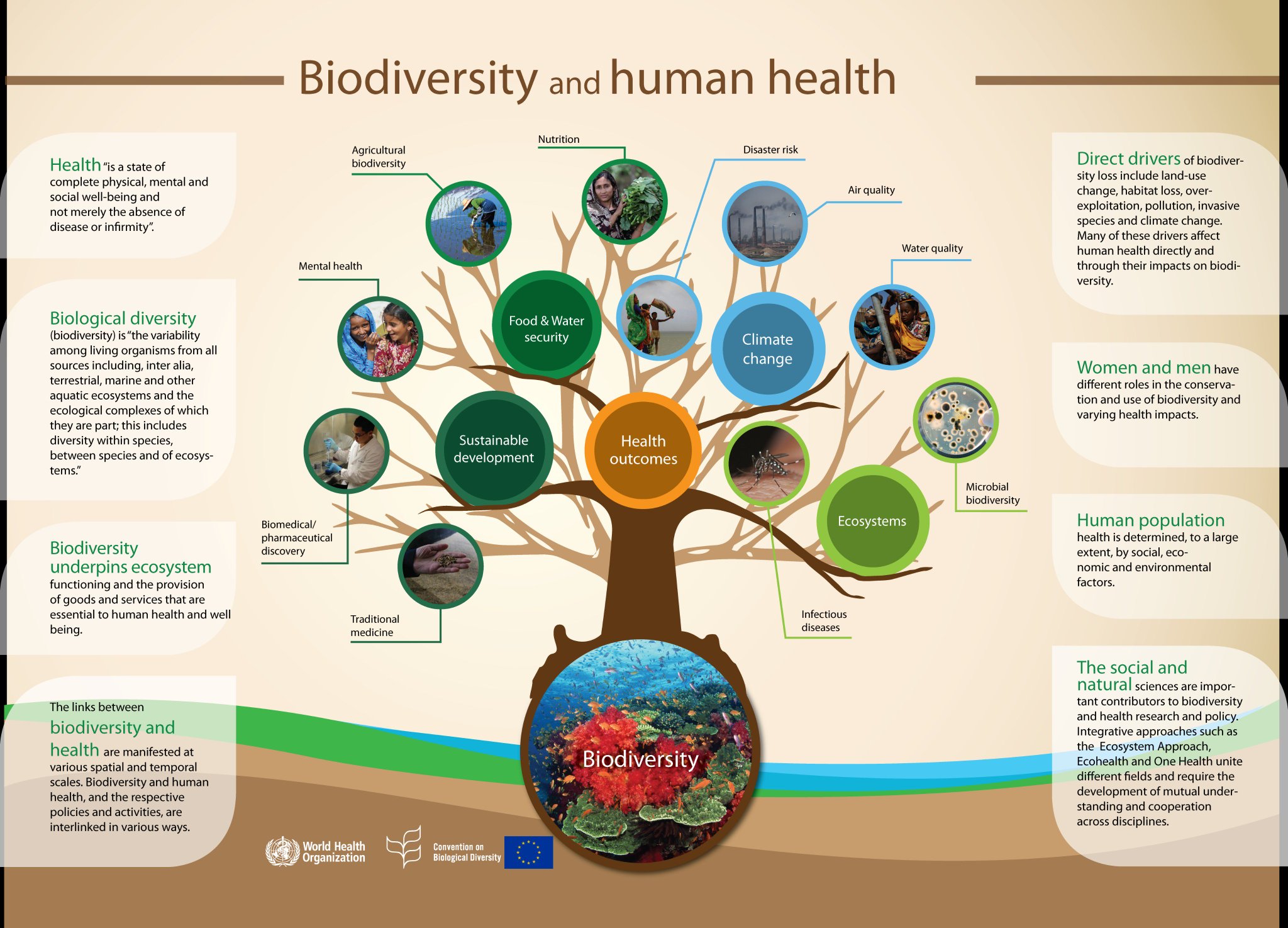Biodiversity Governance
This article is based on “Biodiversity governance” which was published in The Down to Earth on 06/11/2020. It talks about the issues related to biodiversity governance in India.
Extensive biodiversity loss in the past decades has spared neither developed nor developing countries. This rapidly accelerating biodiversity loss led to a series of negotiations and agreements among countries like the Convention of Biological Diversity (CBD).
The CBD, in its spirit, laid the foundation for environmental ethics taking priority over mindless exploitation and recognised the right of states to their genetic resources and the rights of communities to their traditional knowledge.
With these guidelines in mind, most countries that signed the CBD Nagoya in Japan in 2010 and adopted the Nagoya Protocol that aimed to give effect to the fair and equitable sharing provisions of the CBD.
However, even after a decade, most of the world’s biotechnology-based patents are owned by developed countries, with the resources to make them sourced from mega-biodiverse countries like India. Thus, there is a need for a biodiversity governance system that can ensure fair and equitable sharing of genetic resources.
Biodiversity Governance in India
- The Nagoya Protocol sought to ensure commercial and research utilisation of genetic resources led to sharing its benefits with the government and the community that conserved such resources.
- India’s Biological Diversity Act 2002 (BD Act), is in close synergy with the Nagoya Protocol.
- The BD Act was hailed as an important step towards preserving India’s vast biodiversity, as it recognised the sovereign right of countries over its natural resources.
- Under the BD Act, an important regulatory mechanism was the emphasis on access and benefit sharing (ABS) to local populations.
- The BD Act seeks to address issues of managing bio-resources in the most decentralised manner possible.
- The BD Act envisages three layered structures: the National Biodiversity Authority (NBA) at the national level, the state biodiversity boards (SSBs) at the state level and biodiversity management committees (BMCs) at the local level.
- It assumes significance because it imposes prohibitions on the transfer of genetic material originating from India without specific approval from competent authorities.
- The act also strengthens the country’s stand with respect to anyone claiming an intellectual property right over biodiversity-related knowledge.
Associated Issues
- Exclusion of Agriculture & Conventional Practices: The Nagoya Protocol noted that each party shall consider the importance of genetic resources for food and agriculture and their special role for food security.
- Thus, traditional agriculture and conventional practices are exempted from the purview of benefit-sharing.
- Due to this, India has been a victim of misappropriation or bio-piracy of its genetic resources and associated traditional knowledge. Well-known examples of this include neem and turmeric.
- Further, the challenge would be to protect the intellectual property rights of the traditional farmer who is under constant threat from external agencies.
- Erosion Traditional Breeding Systems: As industrialisation advanced, so did commercial agriculture and the need for more efficient breeds increased.
- This led to a gradual reduction of traditional breeding systems and a consequent loss of agro biodiversity.
- Further, there was a steady loss of traditional knowledge associated with ancient breeding systems.
- No Adequate Protection for Animal Genetic Resources: Access to crop genetic resources is not covered under the purview of Nagoya Protocol, it is protected under the International Treaty on Plant Genetic Resources for Food and Agriculture.
- However, for animal genetic resources, an equivalent instrument is absent.
- No Recognition of Traditional Knowledge: The main hindrance to protection of local biodiversity is the absence of recognition of traditional knowledge and a lack of legal protection against usurping the knowledge of indigenous communities.
Way Forward
- Promoting Agricultural Societies: Traditionally, most agricultural societies in India integrated preservation of crop species into the social and religious milieu.
- This has helped preserve hundreds of species that would have been lost otherwise with the rise of commercial agriculture.
- Thus, there is a need for promotion and preservation of such agricultural societies.
- Integration of International Treaties: ABS implementation of Nagoya Protocol cannot work in isolation and thus must be commensurate with other international treaties.
- Therefore, integration between ABS and the International Treaty on Plant Genetic Resources for Food and Agriculture (ITPGRFA) need to consider the legislative, administrative and policy measures that cross each other’s path.
Note:
- ITPGRFA, popularly known as the International Seed Treaty, is a comprehensive international agreement in harmony with CBD.
- It aims at guaranteeing food security through the conservation, exchange and sustainable use of the world’s plant genetic resources for food and agriculture (PGRFA), as well as the fair and equitable benefit sharing arising from its use.
- People’s Biodiversity Register (PBR): PBR should aim to document folk knowledge of status, uses, history, ongoing changes and forces driving changes in biodiversity resources, and people’s perceptions of how these resources should be managed.
- PBRs can be useful to preserve the rights of farmers or communities over the traditional knowledge they may hold over a particular variety.
- Additionally, PBRs provide geographical identity to the bioresources and can be useful in providing a tool for clarification when disputes over biopiracy and intellectual property rights arise.
- Engaging Industries: The integration of legislations such as corporate social responsibility with ABS can be beneficial to industries who wish to closely share benefits accrued from use of biological resources.
Conclusion
India is a key mega-biodiversity country and possesses a repository of genetic resources related to flora and fauna. It is, therefore, essential to re-evaluate the integration of resource availability with mankind’s development needs.
Apart from it, biodiversity governance should ensure that any utilisation of knowledge of bio-resources has a direct benefit to the communities that have been custodian of this traditional knowledge.
|
Drishti Mains Question Biodiversity governance should ensure that any utilisation of knowledge of bio-resources has a direct benefit to the local communities. Comment. |
